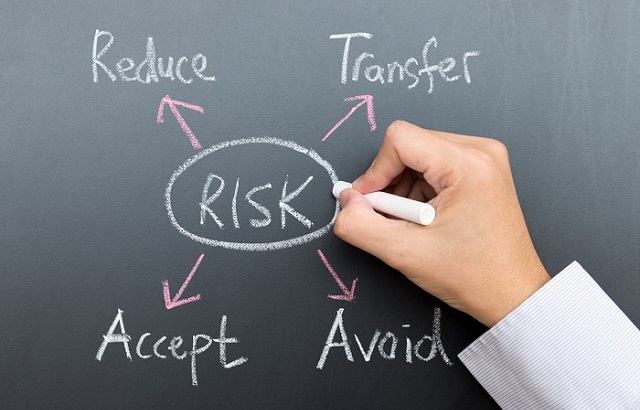Multi asset investors face the prospect of needing to increase levels of market risk, set against a background of falling returns for both equities and fixed income.
According to a report from T Rowe Price, equity and bond markets are expected to deliver lower returns over the next five years than in recent periods, which it warned will have a knock-on impact on multi-asset portfolios.
“Despite the market turbulence that occurred at the beginning of the Coronavirus pandemic, many investments have posted strong overall returns for the past decade,” said Michael Walsh, multi-asset solutions strategist at T Rowe Price.
However, with valuations for key equity and fixed income metrics currently high or even stretched, he said the key question facing many investors now is: what would now be a reasonable long-time expected return from a diversified multi-asset portfolio?
In equity markets, Walsh said a positive outlook for earnings growth as economies put the impact of the pandemic behind them, has been offset by valuation measure that he noted look elevated for many markets.
“We expect returns in many large markets, such as the US, to be restrained relative to recent history as a result,” he said.
“In fixed income markets, lower returns reflects levels of expected risk-free rates that are close to historical lows in key markets such as the US, Japan and Germany,” he added. “We believe yields will likely rise in key government bond markets over the next five years, with higher yields overall, particularly at the long end of the curve.
“Low rates today and rising yields in the future are likely to result in relatively low positive or negative total returns for many types of bonds.”
Increase market risk
So what does this mean for multi asset investors? Walsh said given that investor expectations for future returns are often based on previous returns, these estimates highlight the likelihood of disappointment if expectations are not tempered by awareness of current market conditions.
One way of boosting anticipating anticipated long-term returns, he said, is by increasing the level of market risk within the portfolio.
“Moving from the 50:50 equity:bond portfolio to the 75:25 equity:bond mix, for instance, increases expected return over the five‐year period by more than 1% per year,” Walsh said.
He added that it is also possible to make adjustments within asset classes themselves.
For example, he said an investor might allocate a greater portion of their equity allocation to areas such as emerging market equities and small‐cap companies, which offer current lower relative valuations and potentially higher prospective returns at the cost of higher expected volatility.
“Similar adjustments could be made within a fixed income allocation,” he said. “Our illustrative portfolios are allocated to global investment‐grade bonds, for example, but including exposure to riskier sectors of the fixed income universe, such as high yield or emerging market bonds, would increase expected return due to the higher perceived exposure to credit risk within such assets.”
Walsh added that it is also possible to extend the duration of fixed income holdings by focusing on longer‐maturity assets. Given that yields are generally higher for longer‐dated bonds, he said this also increases yield at the cost of higher interest rate risk.
However, Walsh warned increasing portfolio risk is not appropriate for every investor.
“The risk tolerance of some investors is not high enough to accommodate riskier investments—raising the possibility of sleepless nights,” he said. “Other investors cannot take more risk because their investment horizon is too short. Nevertheless, some investors may consider taking investment risks that are expected to be compensated in a well‐managed and appropriately diversified portfolio.”








